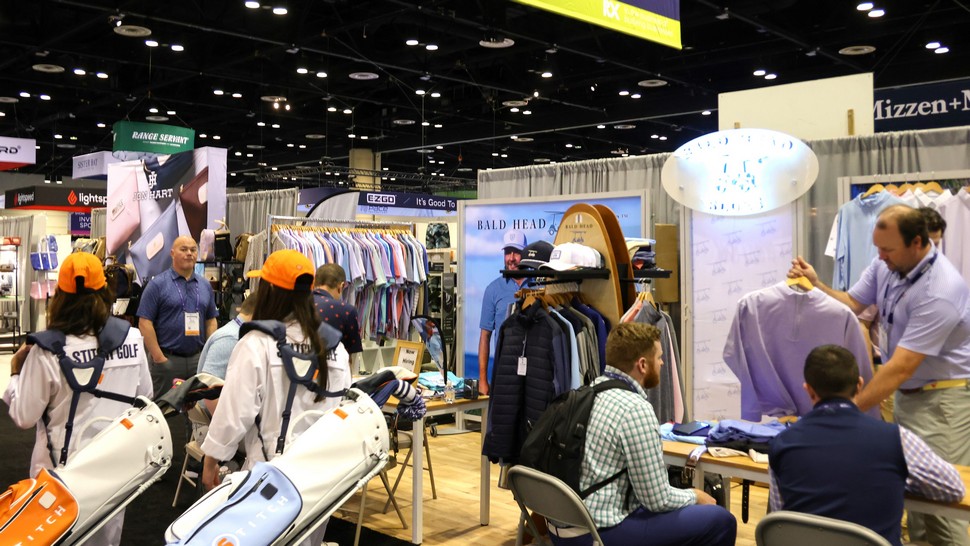ORLANDO, FL. The 2024 golf season had its unveiling last week with the annual PGA Show bringing together all the key players within the global golf trade community.
The annual late January assembly is a traditional extravaganza showcasing a hodge-podge of long-established companies in concert with those at the “mom and pop” level seeking to snare consumer interest and more importantly sales.
Exact attendance figures are always hard to state with any real degree of certainty but the event has always spurred tens of thousands to be present. However, with this being my 35th show I can say with reasonable certainty that while the number of attendees was higher than the two years prior when the shadows of the global pandemic lingered the overall numbers were less than during the pre-Covid time frame.
The PGA Show is no small matter. An estimated $77 million economic impact is generated as measured by the Orange County Convention Center and Visit Orlando association. Just under 1,000 companies were on hand with 380 presenting for the first time.
The event still provides a clear “look at me” platform that drives exhibitors and attendees to be present in Orlando.
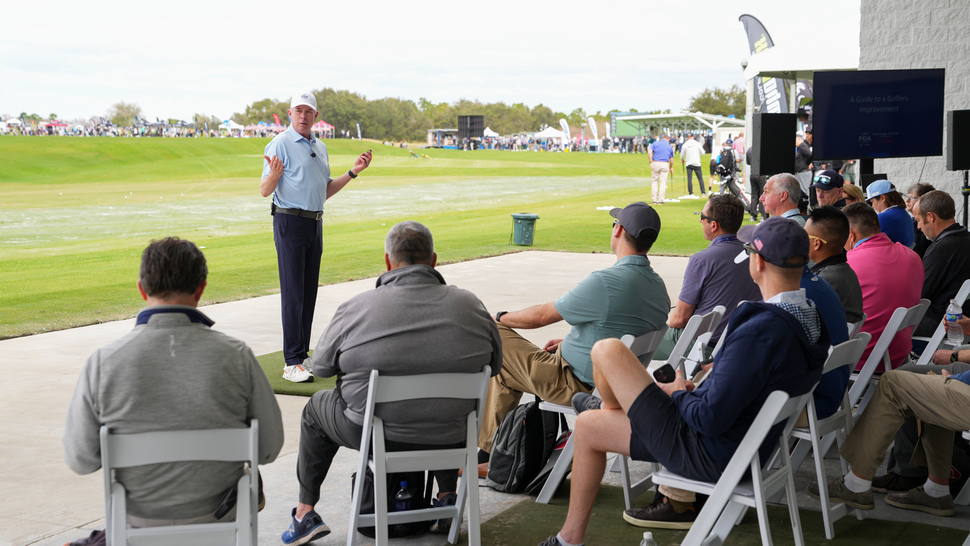
A positive vibe was indeed palpable and the upbeat nature for those attending provides a critical networking opportunity as long-time friends intersect with one another and new relationships are forged.
In years past The PGA Show served as ground zero in debuting a wide range of various products. That christening still occurs but the larger size equipment giants now routinely plan other time frames to garner solo attention and to separate themselves from the clutter that exists in today’s ever-changing world.
The start of any PGA Show commences Tuesday with Demo Day conducted at nearby Orange County National Golf Club. The practice area is a colossal circle over 400 yards across. The tried-and-true formula is simple and direct – providing equipment companies an outdoor platform for attendees to physically test the latest iterations.
Demo Day is the quintessential adult toy store – attendees relishing the nonstop usage of golf clubs with companies boasting a promising siren’s call for more distance, better accuracy and more personal satisfaction.
The lure is always sweet and seductive. And it is that possibility that drives golfers to believe the next swing could well be the harbinger for better golf days ahead. Yes, hope springs eternal.
Despite this fever-pitch desire, overall attendance at Demo Day, when compared to pre-Covid events, was noticeably less in terms of numbers. In distant years past the wherewithal to even find an open area to hit golf shots with the latest equipment offerings required an inordinate amount of patience as the teeming numbers of people was constant till the very last minute of the planned program.
Matters were not helped since one of the most prominent equipment companies in the sport – TaylorMade — opted not to attend the PGA show as it has done now for several years.
Opening day of the PGA Show within the Orange County Convention Center kicked off with loud music and a carnival-like scene. The opening hour was once again highlighted by the Titleist presentation in the Chapin Auditorium. Long-time company spokesman and CBS lead golf announcer Jim Nantz led the way. Adding to the fanfare was the participation of current Open champion Brian Harman who brought on stage with him the famed Claret Jug he won last July at Royal Liverpool.
Seeing the white sport coat clad Titleist personnel is both a nod to the past where formality ruled the day and where the future of the game is going as seen through the lens of the world renowned Massachusetts-based company.
The first day of the PGA Show is often hectic, attendees swooping in like hungry sea gulls. Middle aisles were clearly crowded but from my vantage point I have seen such past opening days that featured near gridlock situations. In years past the massive number of attendees meant exhibitors were spilling out onto the hallways of the Convention Center and even to the adjoining former Peabody Hotel – now the Hyatt Regency Orlando.
When the show entered its second day the enthusiasm remained high but the numbers slowly drifted downward during the afternoon portion. The third and final day concluded at 2:00 PM and by thr time Friday rolled around the bulk of attendees had already either left Orlando or were quickly planning to do so.
The key issues facing the sport were certainty on the minds of those present. Some challenges remain ever present, daunting and needing both vigilance and proactive solutions.
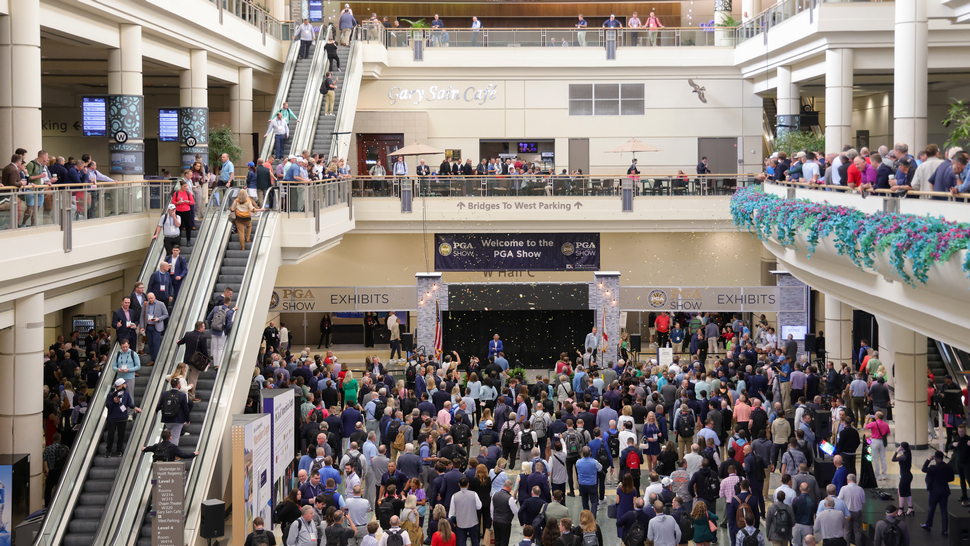
Golf’s Time Clock Ticking
The most crucial topic starts with the time demands placed on the sport. People’s lives are now bombarded and more complicated by a range of daily requirements. Although the number of hours in a day remains constant the pressures to add more items of interest have only become a constant chore of endless balancing acts.
In years past setting aside large chunks of time for golfers to enjoy a full 18-hole round was never questioned. In 2024 the very nature of free time and how it’s used is a central emphasis point for most people. Golf as a sport has had to evolve to those changing realities.
People still want a meaningful golf connection but one fitting more easily into an ever-increasingly filled daily agenda.
Simulator golf has risen dramatically over the last decade. The technology and sophistication of the equipment has blossomed greatly and much of the innovation has come from various Korean and Japanese companies.
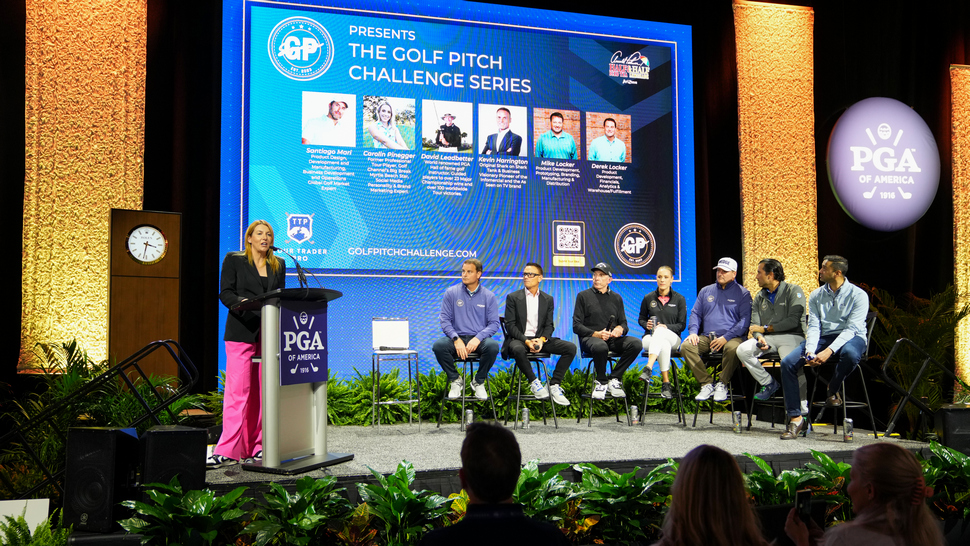
Highly active companies such as Five Iron Golf have transformed the indoor golf simulator experience into one that ties together various elements from instruction, equipment fitting, culinary options of the highest order and intersecting with information readouts that provide a total understanding of what one does when swinging the golf club.
There are other companies such as Golfzon which have created two distinct platforms – one on the instruction side via Golfzon Range with David Leadbetter and the other focusing more on the entertainment side.
As a new emerging generation of younger players supplants aging Baby Boomers as the dominant driving economic force the meaning of the words to “play golf” has widened to a far more fluid dimension.
The simulator market is rapidly evolving. Competition among the key companies is intensifying daily and with that likely means lower future costs for home-based units as demand increases among a wider spectrum of the golfing population.
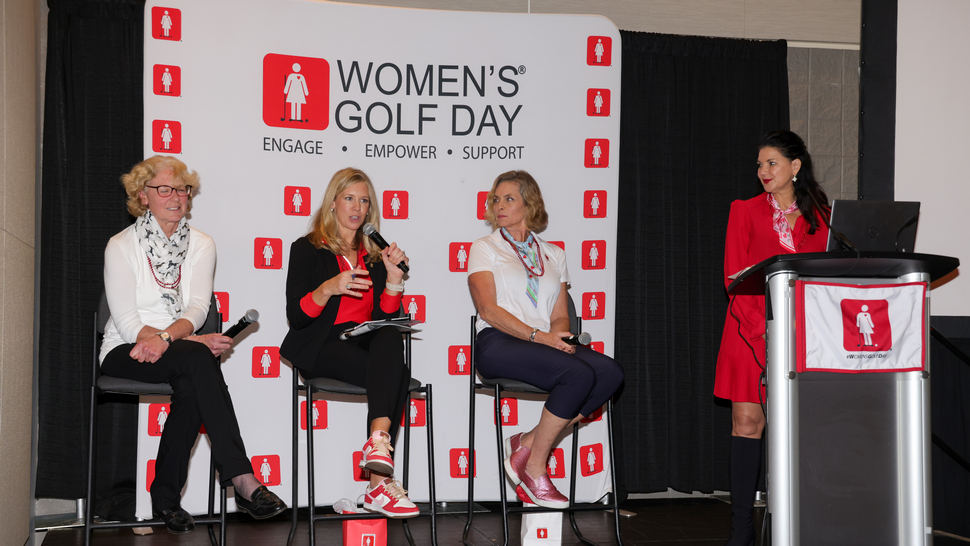
The time factor has also shaped how the actual golf product is now offered. Numerous facilities have added short courses with the total number of holes ranging in total number.
Notable facilities have added short courses to the regulation courses on property. Renowned facilities such Pebble Beach, Pinehurst and Bandon Dunes, to name just three, have all incorporated short courses giving players a golf connection without having them set aside much larger slices of time.
A corollary to short courses is the reinvention of driving ranges. The traditional driving range was usually a stand-alone entity providing a variety of golf-related offerings ranging from low level establishments to others providing more elaborate elements.
Given ever-increasing time constraints driving ranges have become a key connector for golfers seeking to maintain a meaningful tie to the game. Over the last several years the explosion of Topgolf, the Dallas-based company, has been nothing short of mindboggling. 80 locations are already operational with more to follow. Topgolf provides a golf connection albeit with a heavy dosage of social interaction, blaring music combined with endless food and drink options. In short, Topgolf has become the 21st century version of what bowling was in the 20th century.
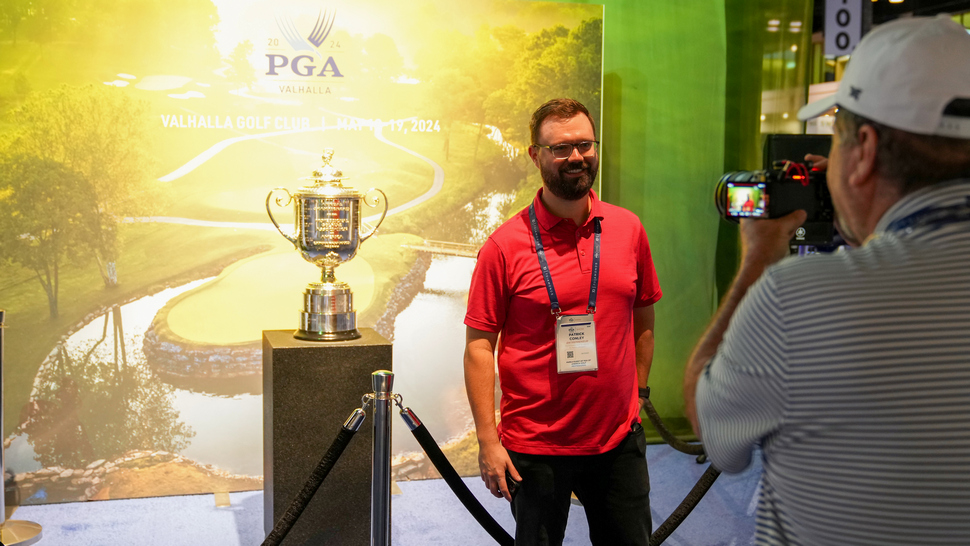
Other competitors such as Drive Shack have followed a similar path albeit at a much smaller operational footprint. The purpose of these facilities is to whet the appetite of people – roughly 70% of those coming to a Topgolf facility – never held a golf club in their hand prior to coming there.
Traditional driving ranges have come to realize personal time constraints can work in their favor provided they can provide a value-added connection. Smart facilities have updated their offerings so total family involvement is possible with a range of different activities along with the golf component and doing so while recognizing the finite amount of time that participants wish to provide.
Market forces are clearly reshaping how avid, recreational and even beginner golfers can intersect with the sport and do so via a time factor that allows them avenues to include other connections they deem necessary.
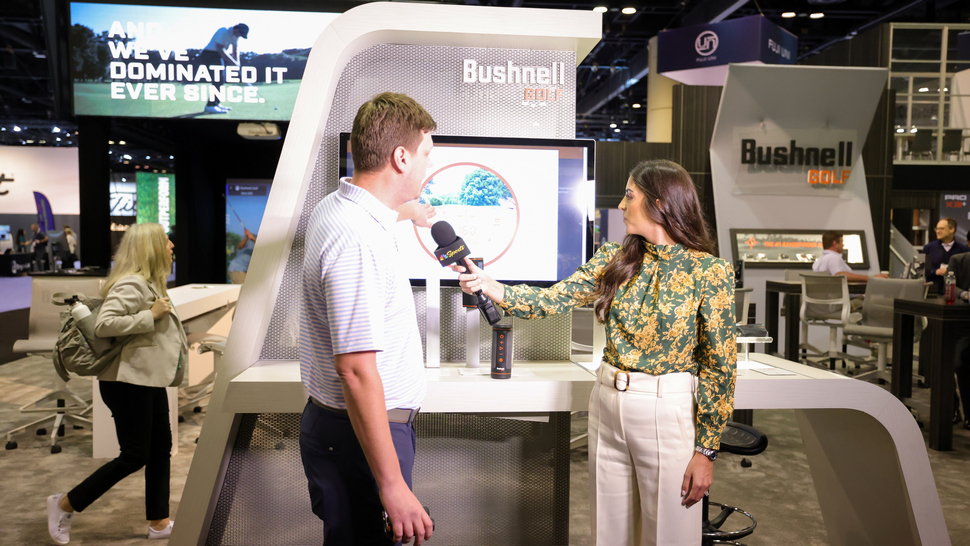
The Cost Factor
Beyond the time factor the second most serious concern for the sport’s growth is tied to the costs incurred when playing.
In earlier times someone interested in playing golf could purchase a complete set of 14 clubs, golf bag, balls and related golf shoes for under $1,000. Now it’s not unheard of that the purchase of a top tier driver and putter can put you above that threshold.
Equipment companies are under no incentive to market clubs that have both functionality and price sensitivity. Yes, there have been advancements through the efforts of such programs as The First Tee but those successes have been limited to certain locales.
At this year’s PGA Show there were various speaker presentations on a range of topics but the costs to play was not a topic of emphasis.
The dollar barrier remains very much a high wall to scale.
When walking through the aisles at the Convention Center it was clear the face of golf remains overwhelmingly white.
Growing the game has been an ongoing talking point among the various key golf organizations for a number of years. However, the sheer economics have set in place heavy anchors to lift and therefore kept the game away from blossoming with others throughout the socio-economic ladder.
Many thought when Tiger Woods emerged onto the scene of professional golf when winning the Masters in 1997 via a record low 72-hole total and twelve-stroke victory that a flood of minority players would happen but that momentum proved to be fleeting. The economics of golf remains stubbornly in place.
For any real expansion to foster a deeper level of players the combined involvement of the lead organizations will need to look closely in the mirror and honestly assess what new strategies need to be employed for a more lasting success to both germinate and prove successful.
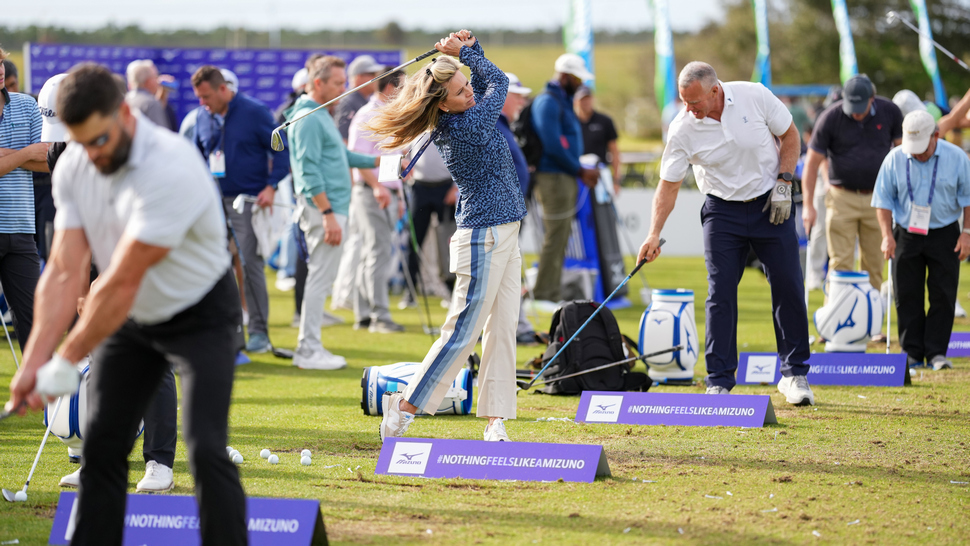

Related: Shot Scope debut PRO ZR laser rangefinder
The instruction enigma
Quality instruction and the engagement of various tools such as video-taping have clearly provided a benefit but the best instructors rarely filter down to the lower financial levels where those of limited means are located.
Check out the listings of the USA’s top instructors as mentioned by Golf Digest and the per hour figures were staggering for a number of those mentioned.
The appeal of golf has been noticeable among women and young girls entering the game. But the corresponding dropout rate remains high and much of that comes from the limited intersections with meaningful instruction that builds confidence and adds to the desire to play more golf.
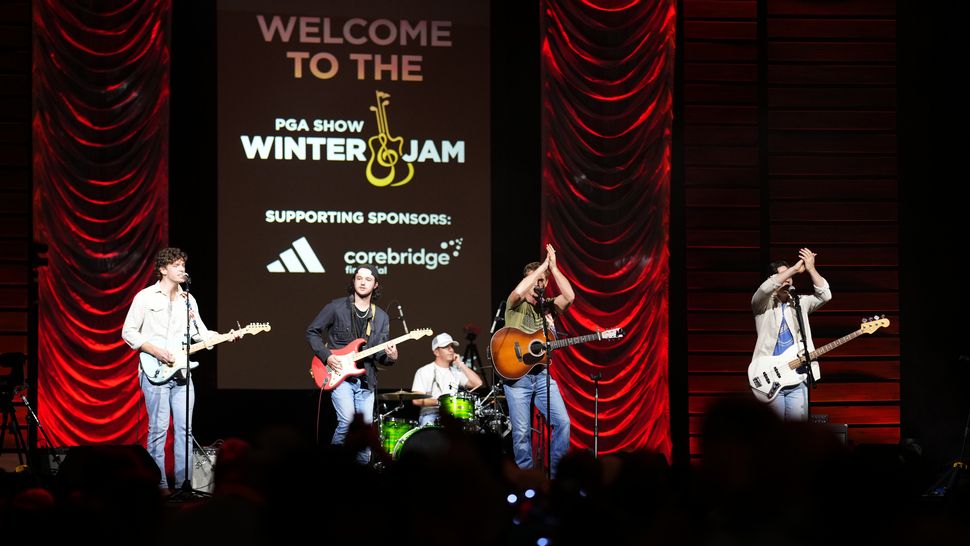
The best paying positions for high caliber instructors rests usually with affluent private clubs and those at prominent resorts luring the top tier talent.
This year’s PGA Show did feature a breakfast gathering featuring 70 leading coaches and the various ways they are making their mark in player engagement. But the missing link is how the best of instructors are connecting with those with limited means to play for the services provided.
Golf is a difficult game and getting the best teachers to engage a wide spectrum of players is crucial for long term growth across a multitude of levels.



